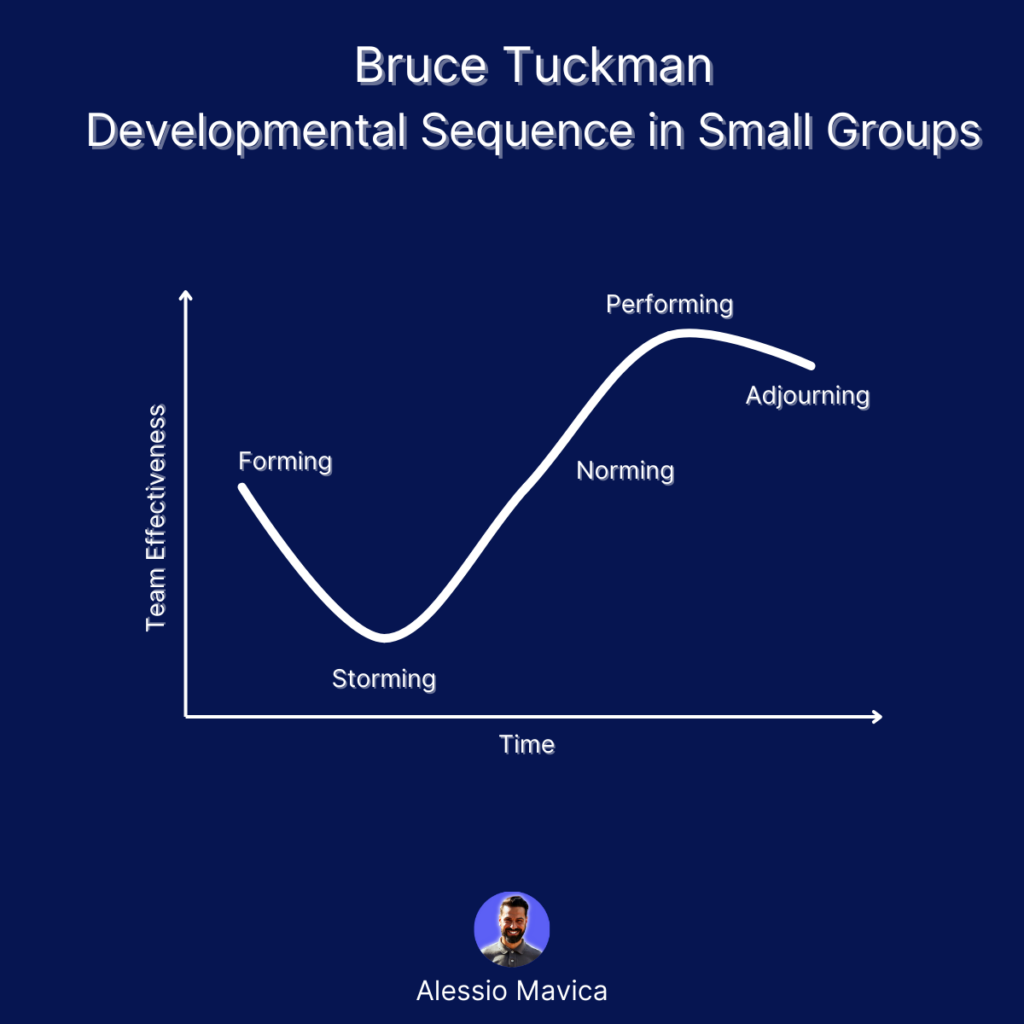The Importance of Automated Reports in Software Development Projects
Are you spending countless hours every week compiling reports for your clients? If so, it’s time to reconsider your approach. Automated reporting isn’t just a time-saver; it’s a game-changer for software development projects. By eliminating manual tasks, you free up more time to focus on what truly matters—delivering quality work and satisfying your clients.

When was the last time you manually compiled a multi-page report and were genuinely confident about its accuracy? Let’s be honest; manual reporting is fraught with errors and inconsistencies. Automated reports reduce these risks exponentially. Imagine being able to click a button and instantly receive a report that pulls real-time data, provides actionable insights, and presents it in a visually engaging format. Magical, right?
Consider this: you’ve just delivered a major update to a client. They want to know how the latest changes have impacted their project’s progress and overall performance metrics. With manual reporting, you’d be diving into multiple data sources, spreadsheets, and emails. It’s tedious. Automated reporting takes that burden off your shoulders. It aggregates data from your project management software, like metrics on task completion rates, budget tracking, and team productivity, all in real-time.
Moreover, automated reports aren’t just a boon for internal teams. They enhance client communication significantly. Clear, accurate, and timely reports build trust and satisfaction. Clients no longer need to wait days for a comprehensive update. For more insights into how automated reporting is transforming client communication, check out The Game Changer in Client Communication: Automated Reporting.
Gone are the days when manual reporting was the norm. Today, automated reporting is the standard, delivering timely, accurate, and professional reports directly to your clients without lifting a finger. If you’re struggling with manual processes that drain your productivity, it might be time to explore the benefits of automated systems. Learn more about how to save time with automated reporting in our specialized guide.
Understanding Your Reporting Needs
Before diving into the technicalities of automated reporting, it’s vital to understand your reporting needs. This foundational step ensures you create value-driven reports tailored to your clients’ specific requirements. Let’s talk metrics—do you know which ones matter most to your clients?
Think back to a recent project kickoff meeting. You probably discussed KPIs and project milestones with the client. These conversations are gold mines for identifying the key metrics you’ll need in your reports. For instance, if a client’s primary concern is delivery speed, your reports should highlight task completion rates, sprint velocities, and any blockers faced by the team. Specificity is key here. By focusing on what’s most important to your clients, you make your reports not just informative but indispensable.
Identifying Key Metrics and Data Points
Start by categorizing metrics into different buckets—performance, financial, and operational metrics. Performance metrics could include things like code commit frequency or bug resolution times. Financial metrics might cover budget variances and resource allocation. Operational metrics could focus on team productivity or client satisfaction scores. The clearer you are about what needs to be reported, the more effective your automated reports will be.
Customizing Reports for Different Clients
No two clients are the same, and neither should your reports be. Customization is crucial. I recall a case where we had two clients in the same industry but with entirely different focuses. One was metrics-heavy, diving deep into daily progress stats. The other valued high-level summaries for quarterly reviews. Automated tools should allow for this level of customization easily. Tools like Tableau provide flexibility to create bespoke dashboards that can cater to these varied needs.
When you get this right, your clients not only appreciate the clarity you bring but also start to rely on these reports for their strategic planning. This forms a partnership based on trust and reliable data, something that manual reporting rarely achieves.
Overcoming Common Challenges in Automated Reporting
Now, you might be thinking, “Automated reporting sounds great, but it’s not without its challenges.” And you’re right. As with any technology, there are hurdles to overcome. However, knowing these challenges in advance can help you navigate them more smoothly.
Technical Challenges and Solutions
One common issue is the technical complexity of integrating multiple data sources. Say you’re using different tools for project management, time tracking, and client communications. Bringing all this data together into a single, cohesive report can be a nightmare. But here’s the thing—most modern reporting tools offer robust APIs that facilitate seamless integration. Remember when we struggled to pull Jira data into our reporting system? Switching to a tool with native Jira integration, like PowerBI, made that headache disappear.
Ensuring Client Understanding and Engagement
Another challenge is ensuring that clients actually understand the reports they’re receiving. Automated reports packed with data can sometimes overwhelm rather than enlighten. This is why tailoring the complexity of your reports to the client’s familiarity with technical terms and metrics is crucial. Think about that time you sent a highly detailed, tech-heavy report to a non-technical client. Their confusion was palpable. A simpler, more visual report would have been far more effective in that scenario.
Then there’s the human element. Automated reports don’t always capture the nuances that a human analyst might. AI can process data, but it can’t understand the subtleties of client relationships or project dynamics. This is where regular check-ins and manual audits of the reports come into play. During our last quarterly review, for example, manually adding a few context-specific notes made the automated report more comprehensive and well-received by the client.
But here’s the thing—the benefits of automated reporting far outweigh these challenges. With a bit of upfront effort to set things up correctly and a sprinkle of human oversight, you can overcome these obstacles and reap the long-term benefits. If you’re curious about common pitfalls and how to avoid them, check out our resource on Mastering Software Development Project Management.
The Future of Automated Reporting and Final Thoughts
So, where does this leave us? We’ve journeyed from understanding the significance of automated reports, through a practical setup guide, and even tackled the common challenges you might face along the way. It’s clear that the shift from manual to automated reporting is not just a trend but a transformative move for any software development project.
Think back to the headaches of manual reporting— the late nights, endless spreadsheets, and the constant double-checking for errors. Automated reporting sweeps away these inefficiencies, offering instead accuracy, timeliness, and professionalism. Companies like AgencyDots are at the forefront, providing the tools you need to make this transition seamless and effective. If you’re looking to dive deeper into how to make this work for you, consider reading our insights on boosting profitability with effective project management.
But it’s more than just about improving efficiency. Automated reports enhance client communication and build stronger, data-driven relationships. Clients appreciate timely, accurate, and insightful reports that help them make better decisions. Imagine the trust you can build when your clients see you not just as a service provider but as a partner invested in their success.
So, why not take a moment and reflect on your current reporting processes? Could they benefit from automation? Picture how much more streamlined your workflow could be. The real question is, what will you do with all the time you save? More creative problem-solving? Higher-level strategy sessions? The possibilities are endless.
In the end, the push toward automated reporting is about reclaiming time and enhancing value—both for you and your clients. It’s a change that, when implemented thoughtfully, can elevate your project management to new heights. So, go ahead—take the plunge and watch as those burdensome reporting tasks transform into a streamlined, efficient process that’s both enlightening and empowering. And hey, if you stumble along the way, well, that’s just part of the learning curve, isn’t it?
FAQs on How to Create Automated Reports for Your Clients
1. What is the main benefit of automated reporting as discussed in “How to Create Automated Reports for Your Clients”?
The main benefit of automated reporting highlighted in the article is the significant time savings and enhanced accuracy it offers. By transitioning from manual to automated reporting, you can streamline your workflow and reduce errors, providing clients with timely, precise, and professional reports.
2. How do I identify the key metrics for my reports as mentioned in “Understanding Your Reporting Needs”?
In the section “Understanding Your Reporting Needs,” it is suggested that you start by categorizing metrics into performance, financial, and operational categories. By understanding your client’s priorities and project KPIs, you can tailor your reports to focus on the most relevant data points, ensuring they add real value to your client relationships.
3. What are the common challenges of automated reporting, and how can they be overcome as discussed in “Overcoming Common Challenges in Automated Reporting”?
The article highlights several challenges, such as integrating multiple data sources and ensuring client understanding. These can be addressed by using robust tools that offer easy integration and providing clients with clear, concise, and customized reports. Regular manual audits and client feedback are crucial for maintaining high-quality reports.
4. What role does customization play in automated reporting for different clients?
Customization is crucial for meeting the unique needs of different clients, as discussed in the section “Customizing Reports for Different Clients.” By tailoring reports to specific client requirements, you can provide more relevant and actionable insights, enhancing client satisfaction and trust. Learn more about customization in reports in our resource on The Ultimate Guide to All-In-One Project Management Software.
5. How do automated reports improve client communication?
Automated reports enhance client communication by providing timely, accurate, and clear data that clients can easily understand and act upon. This builds trust and establishes you as a reliable partner. The section “Ensuring Client Understanding and Engagement” delves into the tactics that ensure your clients find the reports both useful and comprehensible.
Try AgencyDots for free!
Control your entire project portfolio from one place.
Make your software development agency efficient.
No credit card required.

